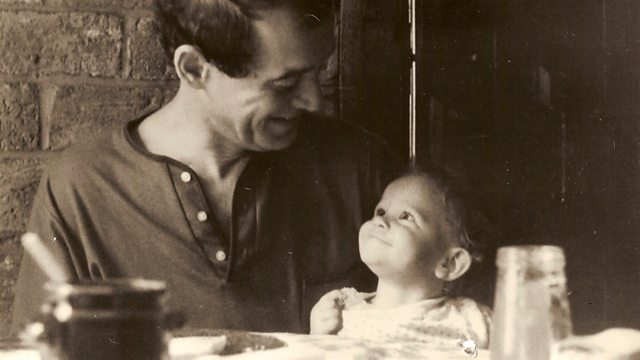Thinking In ColourPosted in Audio, Biography, Media Archive, Passing, Social Science, United States on 2021-05-25 14:23Z by Steven |
BBC Radio 4
British Broadcasting Corporation
2021-05-10
Gary Younge, Professor of Sociology
Manchester University, Manchester, United Kingdom
Caitlin Smith, Producer
Tony Phillips, Executive Producer

Bliss Broyard and her father Anatole Broyard (photo: Sandy Broyard)
Passing is a term that originally referred to light skinned African Americans who decided to live their lives as white people. The civil rights activist Walter White claimed in 1947 that every year in America, 12-thousand black people disappeared this way. He knew from first-hand experience. The black president of the National Association for the Advancement of Colored People had blonde hair and blue eyes which meant he was able to investigate lynching in the Deep South, while passing in plain sight.
In a strictly segregated society, life on the other side of the colour line could be easier. But it came at a price.
Here, Gary Younge, Professor of Sociology at Manchester University, explores stories of racial passing through the prism of one of his favourite books, Passing, by Nella Larsen.
The 1929 novella brought the concept into the mainstream. It tells the story of two friends; both African-American though one ‘passes’ for white. It’s one of Gary Younge’s, favourite books, for all that it reveals about race, class and privilege.
Gary speaks with Bliss Broyard, who was raised in Connecticut in the blue-blood, mono-racial world of suburbs and private schools. Her racial identity was ensconced in the comfort of insular whiteness. Then in early adulthood Bliss’ world was turned upside down. On her father’s deathbed she learned he was in fact a black man who had been passing as white for most of his life. How did this impact Bliss’ identity and sense of self?
Gary hears three extraordinary personal accounts, each a journey towards understanding racial identity, and belonging. With Bliss Broyard, Anthony Ekundayo Lennon, Georgina Lawton and Professor Jennifer DeVere Brody.
Excerpts from ‘Passing’ read by Robin Miles, the Broadway actress who has narrated books written by Kamala Harris and Roxane Gay.
Listen to the story (00:28:00) here.


